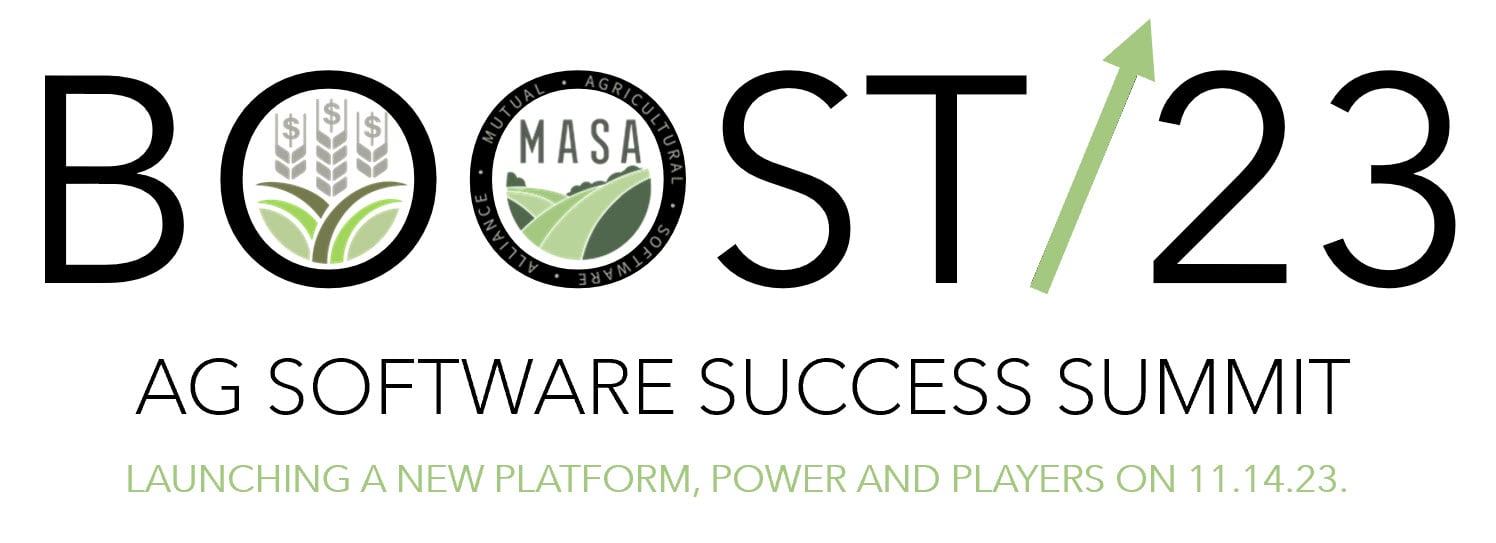 Twenty Twenty-Five is the target date that Farm Journal Top Producer predicts for “Fully Integrated Farm Records” in its Mid-November 2013 issue.
Twenty Twenty-Five is the target date that Farm Journal Top Producer predicts for “Fully Integrated Farm Records” in its Mid-November 2013 issue. However, we believe most of the “goodies” envisioned in the article can be under your tree by 12/25 rather than 2025.
Here’s the real state-of-the-art for integrated farm records:
- Connecting production data directly with accounting software. FBS already includes “tight and right” integration between production activities/inventories and accounting based on common definitions that simplify input and produce comprehensive reports.
- Dozens of data silos. Last month we touched on the 50 or so sources of data we can import from, including precision farming technology, feed mills, packers and Conservis apps. Perhaps these diverse products will be more standardized in the years ahead through initiatives from organizations like AgGateway and informal market forces.
- Converting production to accrual. E.CLIPSE managerial accounting automatically converts activities to costs that flow from raw materials through work in process through finished goods on the balance sheet to cost of goods sold on the income statements.
- More accurate equipment and labor records. E.CLIPSE also performs activity-based-costing to monitor the resources consumed through each phase of production and match those costs with hours, acres, miles, bushels, pounds and head.
- Electronic invoices. Even though there’s little standardization yet in agribusiness FBS can already import invoices and sales receipts from a wide range of formats and transfer the management detail (quantities, groups, fields, products) as well as the dollars into the farm’s central accounting and management information system.
- Smart data/measuring what you manage. Rather than viewing accounting as a “rear-view” of a business used to determine historical “cost of production” for raised products (which are often affected by external factors like weather and disease), activity-based costing evaluates the efficiencies and margins of each responsibility center.
- Virtual CFO. Just as progressive, growing operations rely on internal specialization and outside consultants for production analysis they are also tapping into virtual CFOs and controllers who can remotely oversee the financial details of the business.
- Google Glass. OK. Unlike the other technologies, most of us will have to wait a few more months before we find this “toy” in our stockings.
















